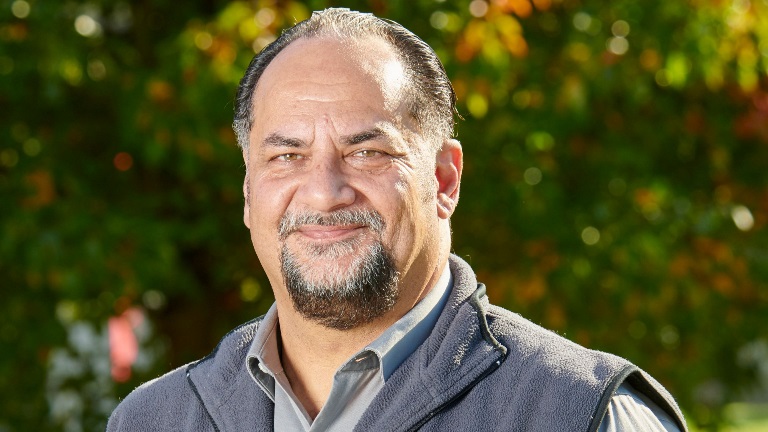Good day to you all.
Tena kotou katoa Waikato District
Attending the official re-opening ceremony of State Highway 23 at the wonderful Oomaero Marae in Whatawhata got me thinking again about our own recovery efforts following Cyclone Gabrielle and the Auckland Anniversary Weather Event earlier this year.
While the closing of SH23 for a month at the divvy was a major blow for our communities out Raglan way – it’s such a vital transport link for those folk – many in our district may not know the extent of the work being done in the north-western part of our district.
I touched on this a month ago, but it is worth revisiting with more context.
The vast majority of our recovery work is focused on the Port Waikato area, which was hardest hit by the weather.
But that whole roading network in the north-west was hammered, with multiple slips, drop-outs and slips. All the roads are open, but there’s a whole heap of repair work that is needed.
And we’re not talking quick fixes. We’re looking at more permanent and resilient solutions – to not just repair the roading network up there, but improve it.
While the roads are driveable, the temporary fixes installed in quick time are still worrying for those communities.
The sight of slips on the side of roads, and drop-outs coned off, is causing psychosocial issues and real concern for the community out there that it will damage the rural economy.
Our roading partners Waikato District Alliance have tallied up the approximate cost of those repairs – and we are looking at about $18 million.
Due to the sheer volume and cost of damage, we require additional support and funding from Waka Kotahi and the government to initiate repairs that are required to maintain the roading network and make it more resilient to ensure rural residents have sustainable access to healthcare, education, and supplies.
All this does take time, design work takes time and securing the funding takes time, but we are progressing and linking in with local communities to ensure the work is prioritised appropriately.
These hard-hit roads are mainly in our unsealed roading network where a lot of our key rural producers create our food and look after livestock.
These key families, employers and food suppliers absolutely rely on these vulnerable roads to deliver to our needs and look after their stock.
Meanwhile in Port Waikato itself, our staff are undertaking case management follow up with all affected Port Waikato homeowners of the red, yellow, and white stickered homes.
The up-to-date analysis of the support required is being completed and we definitely are sitting side-by-side with those residents as they go through this lengthy process to get back into their homes. Many of the residents are grateful for the service that the Council is providing in terms of follow up support.
Finally, we commissioned Geotech engineers to assess the whole hillside above Maunsell Rd in Port Waikato. This is the hill above most of the stickered properties in the Port.
At least 15 slips were assessed last month and the condition of the ground along the entire hillside was assessed. Findings are expected to be reported back to us in June.
We intend to use this information to support all the Port Waikato community on our long path of recovery.
To keep up to date with our recovery efforts, you can go to our web page here.
Hopefully, as we head into winter, that the weather doesn’t throw us any more curve balls.
Thank you for your time!
Warmest regards
Mayor Jacqui Church



